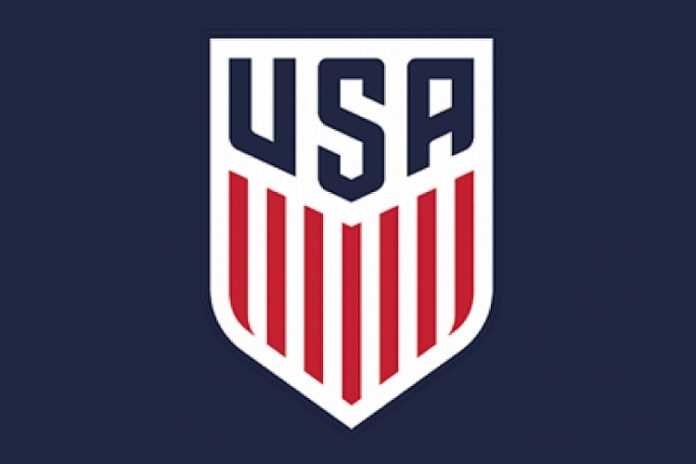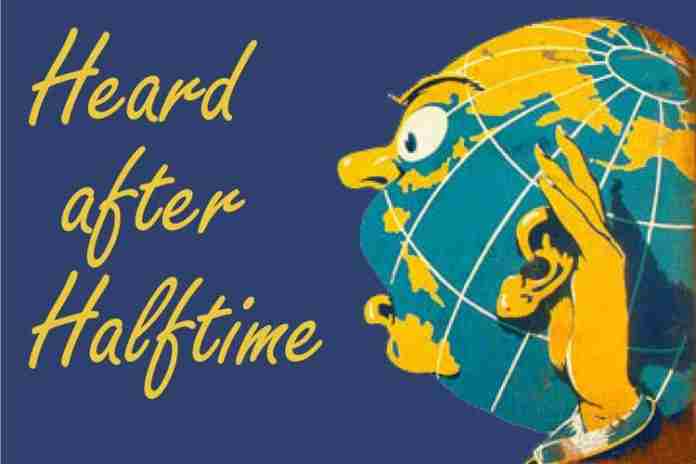 The lowest point in the last 30 years for the U.S. men’s soccer team came on 10 October 2017, when Trinidad & Tobago defeated the American squad, 2-1, in Couva, in a stadium named for NBC track & field commentator Ato Boldon.
The lowest point in the last 30 years for the U.S. men’s soccer team came on 10 October 2017, when Trinidad & Tobago defeated the American squad, 2-1, in Couva, in a stadium named for NBC track & field commentator Ato Boldon.
That loss sent the U.S. home for the 2018 FIFA World Cup, while Mexico (ranked 17th in the world), Costa Rica (15th) and Panama (63rd) went to the tournament for the 15th, fourth and first times, respectively. The U.S. finished fifth among six CONCACAF teams and didn’t even qualify for the play-in matches against Australia, lost by fourth-place Honduras on a 1-3 aggregate.
The next year, 2018, wasn’t a lot better. Playing under interim coach Dave Sarachan, the U.S. played in 11 friendlies during the year with a 3-5-3 record and scored an unimpressive total of 10 goals during the year and gave up 14.
Gregg Berhalter was announced as the USMNT coach on 2 December and through the first half of 2019, the U.S. is 8-3-1 thanks to five Gold Cup wins and has a 22-7 goals-against tally.
So the low-point in popularity for the U.S. men was essentially the lost year of 2018.
Let’s keep that in mind when reviewing the amazing statement issued by the United States National Soccer Team Players Association on Tuesday to support the U.S. women’s player association in its fight for “equal pay” with the U.S. Soccer Federation.
Far from being a “players supporting players” announcement, the posting simply made public the men’s players unhappiness about their own pay situation with the USSF. Responding to USSF President Carlos Cordeiro’s open letter noting that the federation actually paid the women’s team members more than the men’s team members, the men’s players statement just asked for more money:
“As you may know, our CBA expired at the end of 2018 and we are currently waiting on a response from US Soccer to our proposal that would pay the men a fair share of all of the revenue they generate and would provide equal pay to the USMNT and USWNT players.”
And, of course, they criticized Cordeiro’s arithmetic. In his statement, Cordeiro noted that the in-game ticket revenues vs. event expenses for the women’s matches from 2009-19 results in a loss of $27.5 million. That does not include television rights fees or sponsorships, which are federation-wide and not apportioned between the various U.S. teams (men, women, youth and so on).
The men’s player association railed against this, calling the figures “false accounting” and asking “What US sports team makes money if they don’t count television, sponsorship, and marketing revenue?”
Certainly, USSF makes money. Its financial statement for the fiscal year ending 31 March 2018 showed $195 million in assets and yearly income – even with the bad men’s performance on the field in 2017 – of $102 million.
Of that $102 million, sponsorships and national-team game revenues accounted for $77.3 million. The expense side of the ledger showed National Team costs of $71.9 million, which included youth teams and player development ($27.3 million), men’s team costs of $14.6 million, women’s team costs of $17.1 million – more than the men – and coaching, equipment and support for smaller teams of about $12.9 million.
So the men’s players see all that money and they want more!
But given the results on the field, let’s go back and see what the attendance was for the men at their lowest ebb, that empty year of 2018. The U.S. played seven home games:
● 29 Jan.: 11,161 vs. Bosnia & Herzegovina at Carson, California
● 27 Mar.: 9,825 vs. Paraguay at Cary, North Carolina
● 28 May: 11,822 vs. Bolivia at Chester, Pennsylvania
● 07 Sep.: 32,489 vs. Brazil in East Rutherford, New Jersey
● 11 Sep.: 40,914 vs. Mexico in Nashville, Tennessee
● 11 Oct.: 38,631 vs. Colombia at Tampa, Florida
● 16 Oct.: 24,959 vs. Peru at East Hartford, Connecticut
That’s a total of 169,801 or 24,257 per game to see the U.S. play three teams which did not compete in the 2018 World Cup in Russia and four teams that did (Brazil, Mexico, Colombia, Peru).
That, and the accompanying television ratings for those games represent – in my opinion – the base value of the U.S. men’s team, regardless of who the players are. These games meant nothing, were not part of any tournament and were simply a development exercise for younger players under an interim coach and helped keep the idea that the U.S. had a men’s team alive.
A very deep dive into the revenues and expenses of these games – including sponsorship and licensing impact and television ratings in both England and Spanish – will be needed for the USSF to estimate the “value of the shield,” that is, the value of an American men’s team playing a game on U.S. soil.
Certainly, there are players who are responsible for this revenue. Cobi Jones, Alexi Lalas, Landon Donovan and others built up the U.S. men’s soccer team and made it competitive on the world level, but they have already been paid and are retired. Given the current standing of the U.S. team – currently 22nd in the FIFA World Rankings, just ahead of Iran and Wales – the current players should be paid by what they add to the base value of the team, a public standing which they did not create, but on which they stand.
Their training facilities, travel accommodations, medical support, coach and so on were provided by the players who made the U.S. a world player between 1990-2014, not now.
Because club soccer is so profitable worldwide, there are U.S. players who make millions and many who do well, but aren’t annual millionaires just yet. That’s why the U.S. men’s last labor agreement was based on game bonuses, since few players actually perform with the national team on a consistent basis.
But in the negotiations to come, while the USSF can be generous, it can also look the player’s reps straight in the eye and ask “what is the actual value you bring to our games?”
Cordeiro won’t do that, of course; he has taken a conciliatory tone throughout all of the whining from both the men’s and women’s teams. But it’s worth considering the value of the USSF shield and how that makes the players who wear it more valuable themselves.
Oh yes, one more thing. The U.S. men’s players statement belittled Cordeiro’s suggestion that more people watch the National Women’s Soccer League games. Has it occurred to you that increased ratings are the key to better rights agreements and more money? Maybe you’ve taken a few too many headers.
Rich Perelman
Editor



























